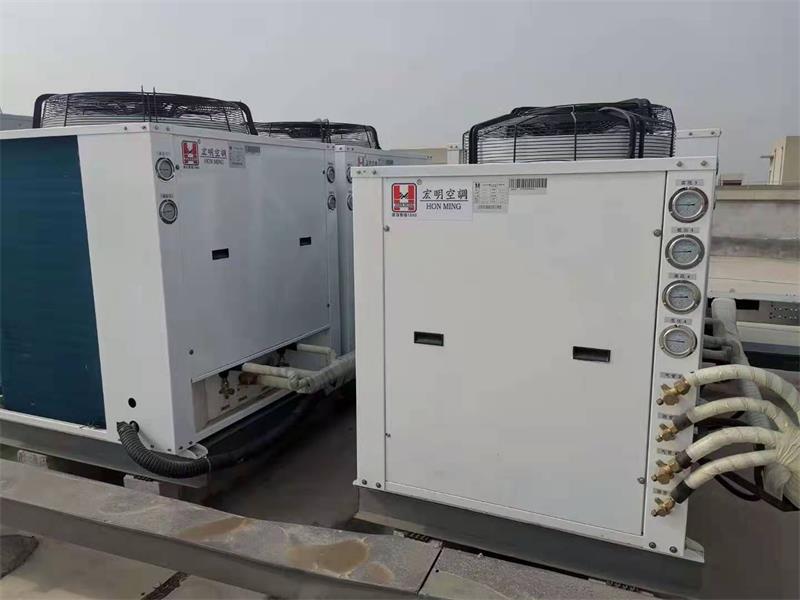The collaborative operation between a Fresh Air System and an Air Handling Unit (AHU) is a crucial aspect of modern indoor air quality (IAQ) management. This integrated system ensures a healthy, comfortable, and energy-efficient indoor environment by combining fresh air ventilation, air filtration, temperature and humidity control, and energy recovery.

1. Fresh Air Intake
- The fresh air system is responsible for drawing in outdoor air, ensuring a continuous supply of oxygen-rich, clean air.
- The incoming air passes through a pre-filter to remove large dust particles and debris before entering the AHU.
2. Air Pre-Treatment in AHU
- Inside the AHU, the fresh air is mixed with return air from the building.
- The mixed air then goes through higher-grade filtration, such as HEPA or medium-efficiency filters, to remove finer pollutants and airborne contaminants.
3. Temperature and Humidity Regulation
- The AHU’s cooling or heating coils adjust the air temperature according to seasonal requirements and indoor setpoints.
- Humidity control is achieved through humidifiers or dehumidifiers, ensuring air moisture levels meet comfort or industrial process standards.
4. Energy Recovery for Efficiency
- Energy recovery devices such as heat recovery wheels or enthalpy exchangers capture excess heat or cool energy from the exhaust air.
- This process pre-conditions incoming fresh air, reducing energy consumption for heating or cooling.
5. Air Distribution and Circulation
- The conditioned air is then pushed by the AHU’s fan through the ductwork, distributing it to various indoor areas.
- Simultaneously, a portion of the indoor air is extracted and recirculated to maintain consistent airflow and temperature balance.
6. Localized Control and Feedback Mechanism
- Advanced HVAC control systems use temperature and humidity sensors in different areas to monitor air quality and comfort levels.
- These sensors send real-time feedback to the AHU, allowing for automatic adjustments to optimize air supply and system efficiency.
7. Exhaust Air Management and Pressure Balance
- To maintain indoor air freshness, stale air is exhausted from the building at a controlled rate.
- AHU and fresh air systems help maintain the required air pressure balance:
- Positive pressure in cleanrooms and hospitals to prevent contamination.
- Negative pressure in laboratories and isolation rooms to contain hazardous substances.
8. Smart Control and Automation
- Modern AHUs integrate smart technology, allowing for:
- Automated fresh air volume adjustments based on occupancy levels.
- Adaptive control based on outdoor climate conditions.
- Energy-saving operation by optimizing airflows according to demand.
Conclusion
The synergistic operation of Fresh Air Systems and AHUs ensures continuous air renewal, improved air quality, and efficient climate control. By integrating filtration, temperature regulation, energy recovery, and smart controls, this system enhances comfort, supports health standards, and reduces energy costs, making it a key component of modern building ventilation strategies.
Working Principle of Fresh Air Systems and AHU Collaboration
